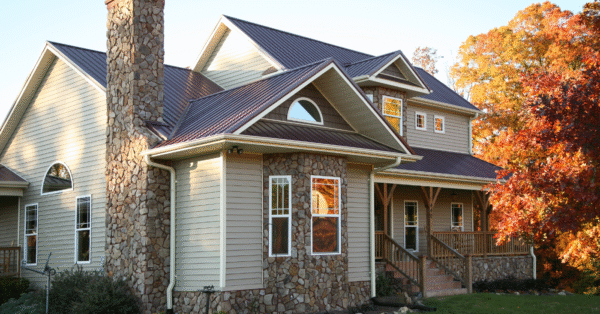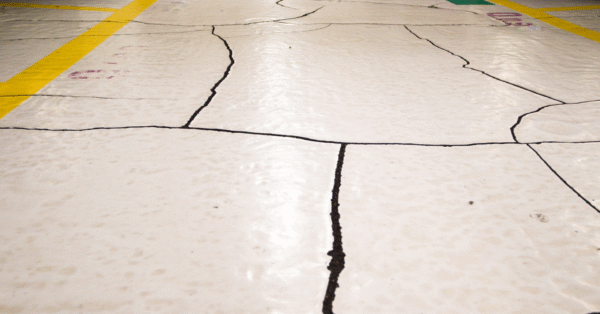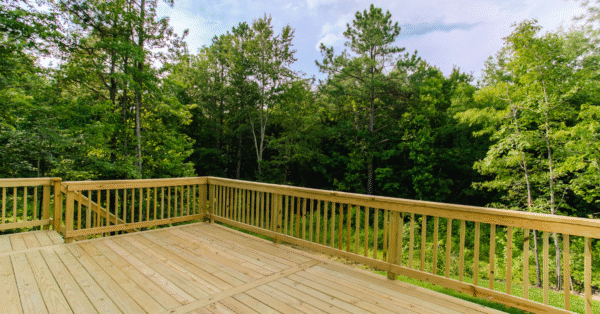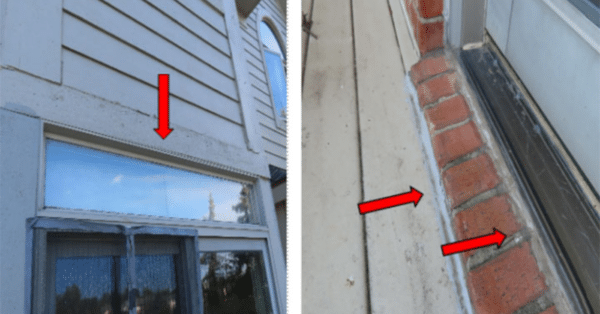Hurricanes can twist the familiar into something unrecognizable, turning the expected into a puzzle. After Hurricane Helene swept through Georgia in 2024, one such mystery emerged—what appeared to be a vanished dock turned out to be a case of structural sleight of hand beneath the water’s surface.
VERTEX was engaged by an insurance carrier to investigate damage to a double-deck aluminum boat dock following the storm. Initially, it was reported that the dock had detached and sunk. Upon inspection, the dock’s gangway was found flipped and partially submerged, while the dock floats remained in place about 60 feet offshore. Oddly, there was no sign of the superstructure. After reviewing site photos and carefully examining the orientation of the floats and anchor points, a key realization emerged: the dock hadn’t disappeared—it had capsized and was now suspended upside down, still attached to the floatation system below the waterline.
In the world of claims, new losses emerge daily; especially as climate change accelerates their frequency and severity. This unique case required a detailed analysis from the VERTEX team, indicating that a combination of storm-driven wind, wave action, and rain-induced soil saturation caused the dock to rock violently until anchor points gave way. The top-heavy second-story deck then contributed to the structure’s inversion. The brownish material on the exposed floats and faint outlines of the frame beneath the surface confirmed the capsize.
The discovery reframed the assessment from one of presumed total loss to one of potential salvage and reevaluation. This unusual outcome demonstrated the value of thorough site investigation, collaborative review, and careful interpretation of physical evidence in post-storm claims resolution.
To learn more about complex structural claims following storm events, connect with VERTEX’s forensic experts to provide clarity and resolution—contact us today to learn more.







